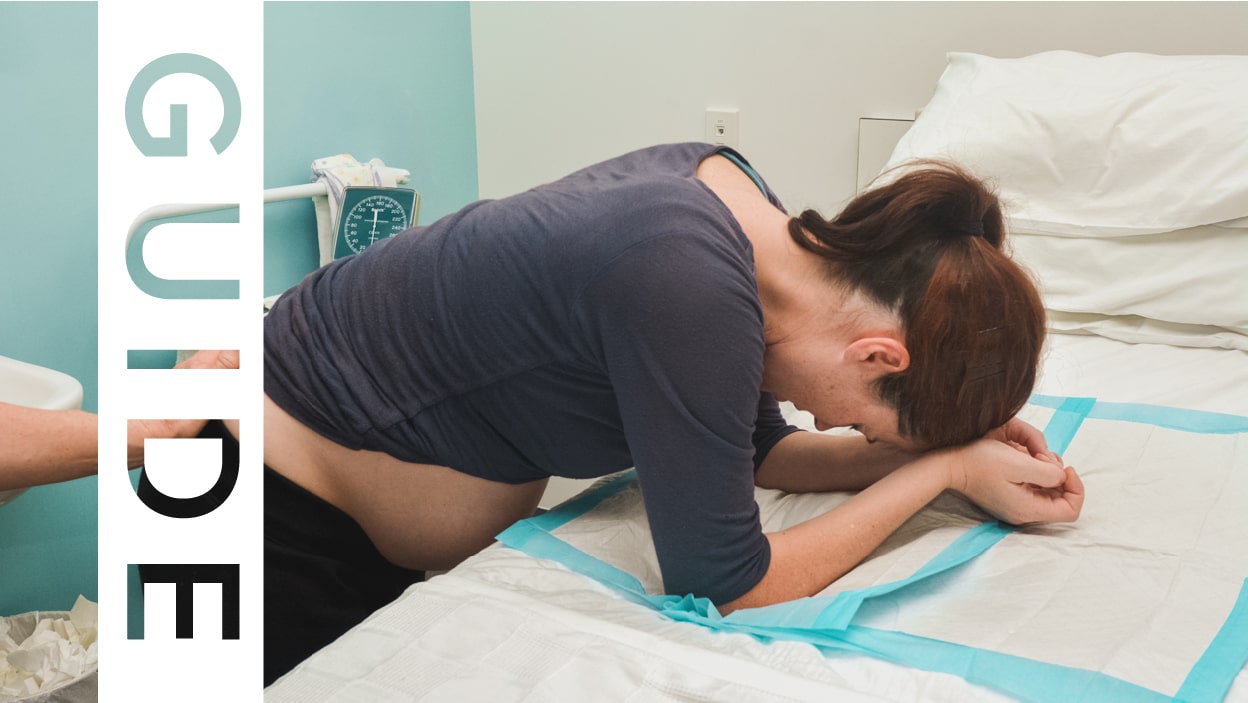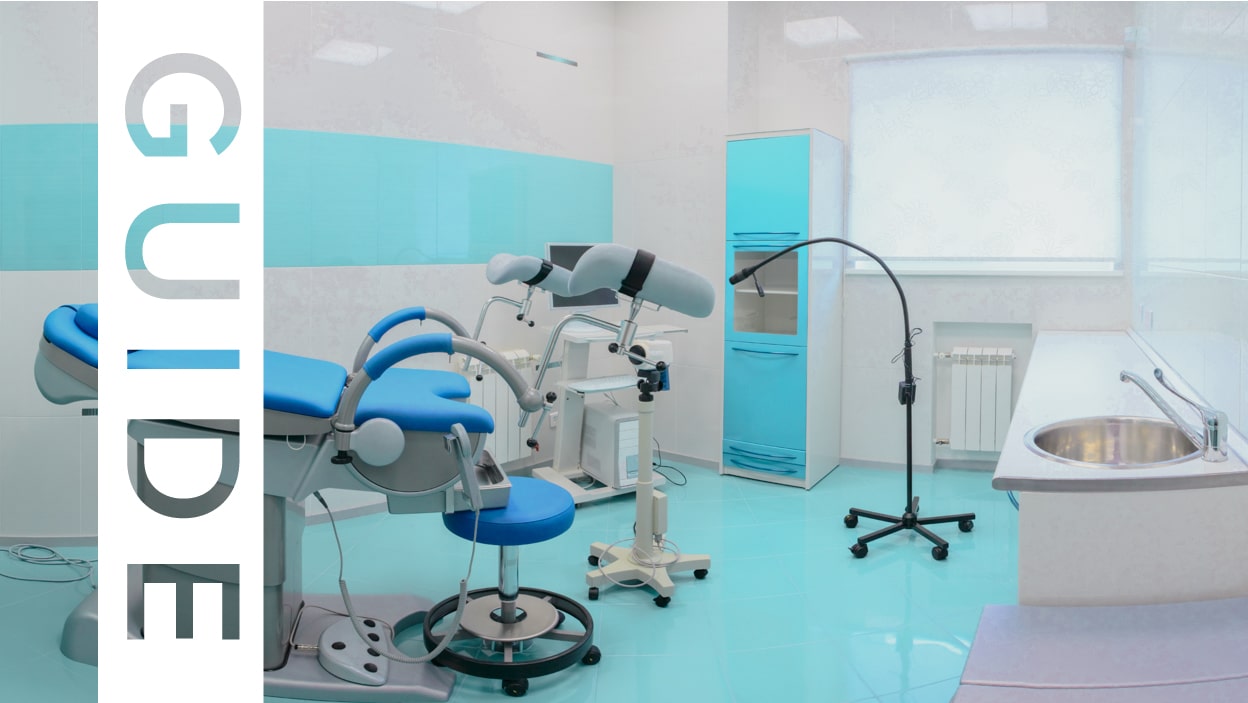

Approved by the What’s Up Moms Medical Advisory Board
Baby’s holding steady in the length department, hovering around 18 ½ inches. Weight-wise, though, she’s still truckin’ along; at 5 ½ to 6 lbs, she’s gaining about an ounce per day like a regular little beefcake. Needless to say, there’s not much space left in the amniotic sac, so baby’s movements are now somewhat less… acrobatic. Good thing she’s lined up new digs.
By now if baby isn’t in head down position she’s considered breech (or sideways, or diagonal). She could still turn on her own, but your doc will discuss options with you.
At your appointment this week, you’ll test for Group B Streptococci (GBS), a common bacteria that’s harmless in adults but not-so-harmless in infants – and with which baby can become infected while moving through the birth canal. Doc will take a swab from your vagina and rectum (not as horrendous as it sounds, weirdly – you’ll barely feel it), and if you test positive you’ll get antibiotics during labor and delivery to decrease the chance of passing the bacteria along to baby during birth.
Doc might also check your cervix to see if it’s started dilating – which will make you feel like shiz is getting VERY REAL. But whether or not you’ve begun early labor doesn’t mean much. Some women dilate early but then stay that way for weeks without any progression. Others are “late bloomers” but end up progressing more rapidly.
This is a good time to make sure you know the signs of labor, ‘cause it won’t always go down the way it does in the movies. Labor can start with your water breaking – in one big gush (the movie version) or a slow leaky drip (the version where you think you’re peeing in your pants). More often, though, it starts with contractions, which feel like more intense menstrual cramps, and, just like cramps, can be felt in the abdomen and/or lower back. True contractions (as opposed to Braxton Hicks) are regular and don’t stop — they’ll get increasingly frequent and painful. Typically the rule of thumb is to call the doc once contractions are 5 minutes apart, but your doc will tell you what to do.
One not-so-minor detail to keep in mind: if you’re in early labor (as opposed to active labor) the hospital may not let you check in; it’s common to be sent home if you’re not far enough along. So even if you’re someone who hopes to check into the hospital at the *earliest moment possible,* know that you’ll likely still have to labor at home for awhile first.
Oh, and last but not least: go ahead and tie things up at work this week, just in case. Last thing you need is your boss calling you on the hunt for some document while you’re in labor. Um… yeah. That’s a pretty bigtime Do Not Disturb.







